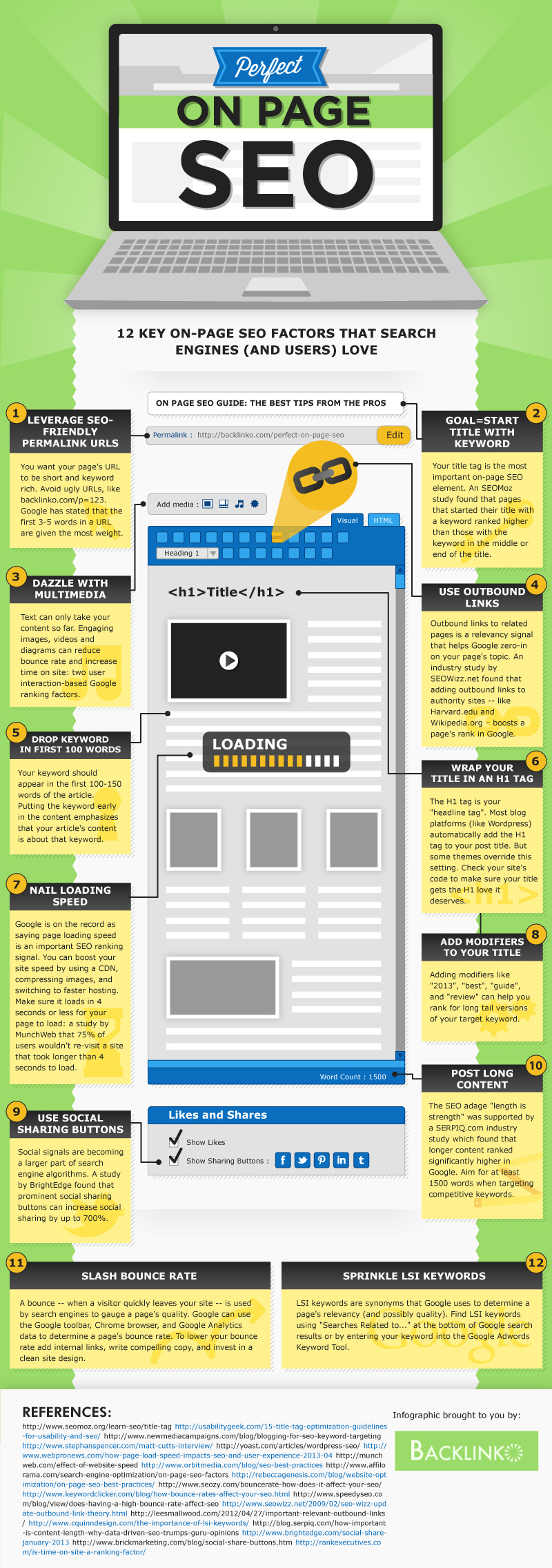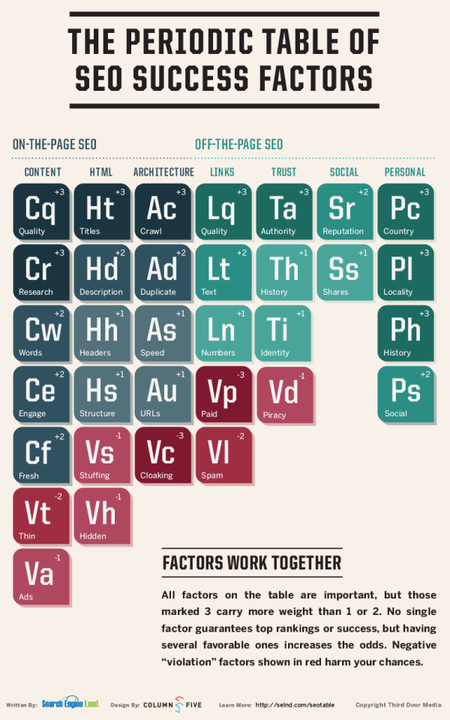More than a few web designers try to ignore it, but SEO is an incredibly important part of your website. Simply put, search engine optimization is the reason many people land on your site, and it can help you control who those people are to an extent. SEO should be an ever-present concern through your design process.
If you’ve managed to completely remain uninformed on SEO, it is the process of making your page as accessible and valuable to search engines as possible. It isn’t buying ads, which can attract traffic as well, but instead structuring your site in a way that reflects the preferred methods of the most popular search engines, so that they will see your website as being valuable enough to place higher up in their rankings.
If you read up on SEO much at all, it becomes clear that SEO is also constantly changing and updating, but there are basics that any website owner can do to make their page attractive to search engines and all optimization is boosted when you consider it from the beginning of your design. If you take a few steps when you first get started, you will find that every page you design performs better and more people actually lay eyes on your hard work.
Content and Text
Once you know the topic, theme, or goals for your current project, designers should brainstorm a few keywords that best describe the content that site will be used for. If you are doing a site for design, the obvious choices are “design”, “web design”, “typography”, “css” and maybe even “tutorial”.
Once you’ve chosen the proper phrases and keywords, be aware of using them throughout the site in ways that feel natural. You can fit keyword into headers, headlines, links, and meta data on every page of the site, but you should be careful about over-populating the page with these words to the point where it appears unnatural. Search engines will punish those who are obvious about “keyword stuffing”, so just don’t overdo it.
Images
First off, what search engines see and what users are shown are very different, especially concerning images. Search engines only see text, not images, so it is important they are aware of what your images show. That’s why it is smart to use alt tags on every image of your site that gives a description of what viewers are actually seeing.
For designers, another option for visual elements of the page such as banners and selected graphics is to design them using webfonts, HTML, and CSS when possible. Search engines can read those banners as regular text when created through this, which means you don’t have to worry about the markup.
Another aspect of image SEO is preparing the image properly before uploading them to your site. Huge pictures will slow down page loading time, which causes many potential viewers to leave before they even see the finished page.
Site Map
Site maps are xml files that outline the entire structure of your website, and they are like cheat-sheets to your site’s navigation. Create one, and make it live on every website you work on. Make sure it is submitted to Google so that the crawlers can use it even easier. Users also like access to sitemaps as well, though they’ll be less interested in it if your navigation is done properly.
Conclusion
There is even more a designer can do to optimize their site from the start of their workflow. However, be careful before diving too far into the SEO pool, because there are many “tips” and “tricks” offered out there that are either out of date or outright improper in Google’s eyes. SEO isn’t immediate, and any site telling you they can teach you how to get your site to the top of the results quickly is probably selling snake oil.
Design Shack offered some other credible suggestions for optimizing your site from the design stage, as well as tools that can get you started.








